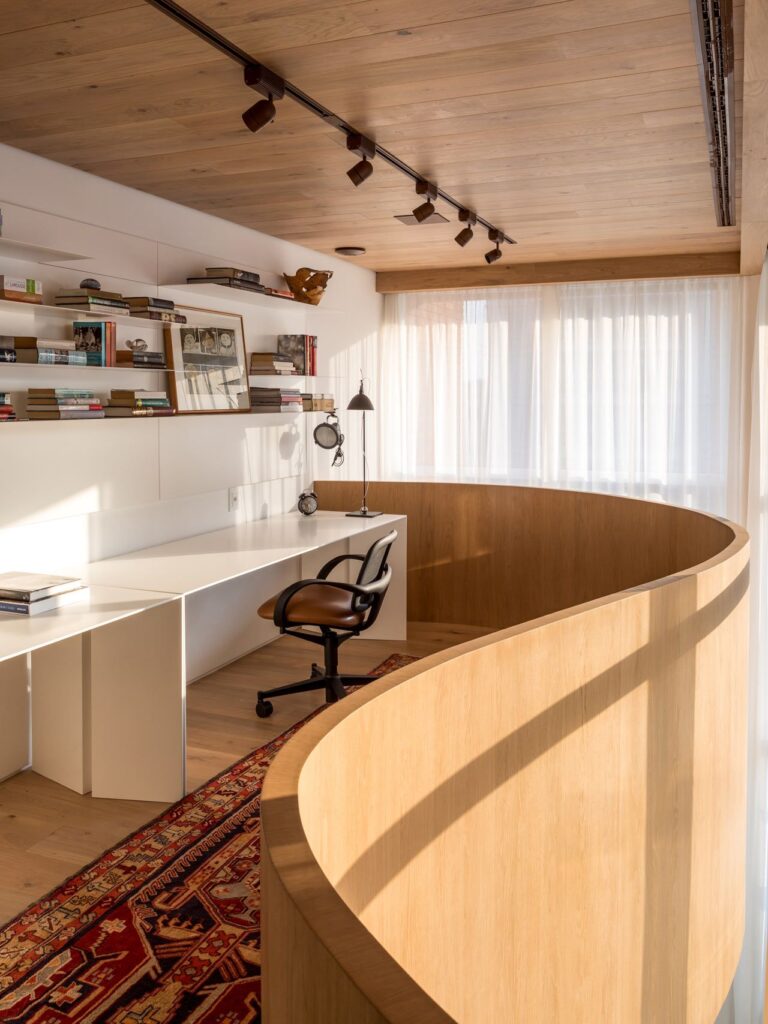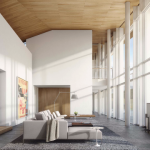Architecture interior design is a crucial aspect of creating functional and aesthetically pleasing indoor spaces. It involves the planning, designing, and execution of interior spaces within buildings to meet the specific needs and preferences of the occupants. From creating efficient layouts to selecting the right materials and finishes, interior designers play a key role in enhancing the overall look and feel of a space.
One of the main objectives of architecture interior design is to create spaces that are both visually appealing and functional. This includes optimizing the use of space, ensuring proper circulation, and incorporating design elements that enhance the overall atmosphere of the room. By carefully considering factors such as lighting, acoustics, and ergonomics, interior designers are able to create spaces that are not only beautiful but also practical for everyday use.
In addition to aesthetics and functionality, interior designers also need to consider the emotional and psychological impact of their designs. By using colors, textures, and patterns effectively, designers can create spaces that evoke specific moods and feelings. For example, warm colors such as red and orange can create a cozy and inviting atmosphere, while cool colors like blue and green can promote a sense of calm and relaxation.
Another important aspect of architecture interior design is sustainability. With a growing emphasis on environmental conservation, interior designers are increasingly incorporating eco-friendly materials and practices into their designs. From using energy-efficient lighting and appliances to sourcing sustainable furniture and finishes, designers are finding creative ways to reduce the environmental impact of their projects.
Technology also plays a significant role in modern architecture interior design. With the use of 3D modeling software and virtual reality tools, designers are able to create realistic visualizations of their designs before construction even begins. This allows for greater precision and accuracy in planning, as well as the opportunity to make any necessary changes before work begins on site.
Overall, architecture interior design is a multifaceted discipline that requires a keen eye for detail, a strong understanding of design principles, and a dedication to creating spaces that are both beautiful and functional. By considering factors such as space planning, aesthetics, sustainability, and technology, interior designers are able to transform ordinary spaces into extraordinary environments that enhance the lives of those who inhabit them.
 bebadesign Interior Design Ideas
bebadesign Interior Design Ideas














